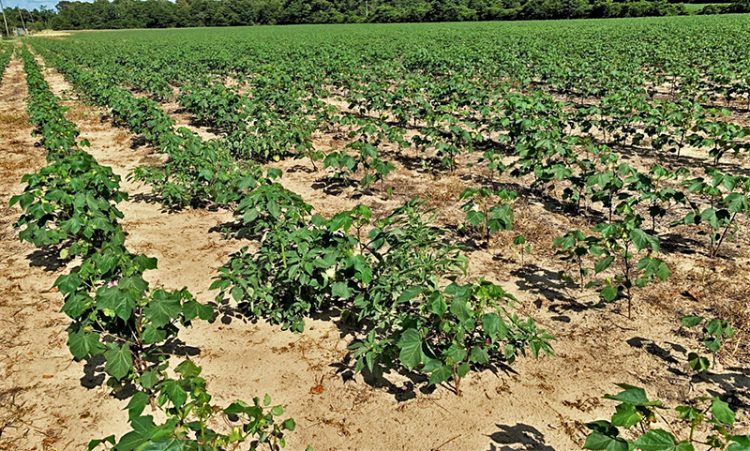
by Pratap Devkota | Jun 15, 2020
Pratap Devkota, UF/IFAS Weed Specialist, West Florida Research and Education Center On June 3, 2020 the Ninth Circuit Court of Appeals vacated the registration of Xtendimax, Engenia, and FeXapan herbicide labels. Since this recent development, the US EPA has issued a...
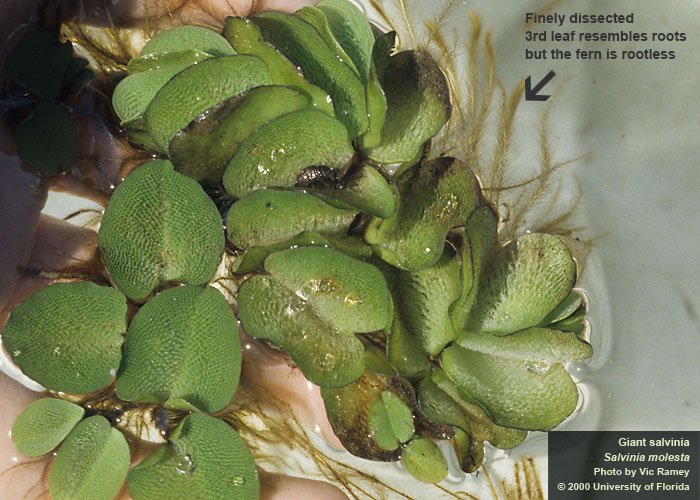
by John Doyle Atkins | May 29, 2020
– Giant Salvina is native to southeastern Brazil and northern Argentina. It is a floating aquatic fern that prefers slow moving, fertile, warm, freshwater. It can spread by vegetative fragments. According to Dr. Stephen Enloe, UF/IFAS Center for Aquatic...
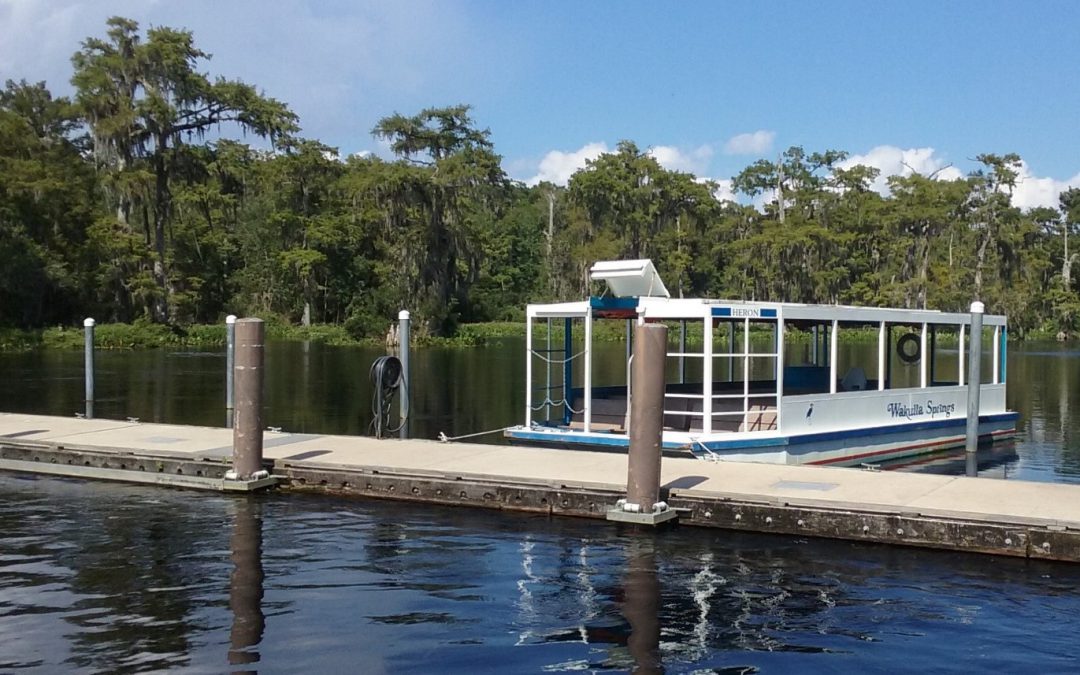
by Andrea Albertin | Jun 21, 2019
As the state of Florida moves forward with watershed and springs basin restoration plans, also known as Basin Management Action Plans (BMAPs), reducing nitrogen loads to degraded water bodies is a priority in many areas. Excess nitrogen in springs, rivers and coastal...

by Matt Lollar | Feb 8, 2019
Proper plant nutrition is key to a successful vegetable crop. Too little fertilizer reduces yields. Too much fertilizer, though not always harmful to the crop, can be economically detrimental to the farm and can negatively impact the environment. Also, over...
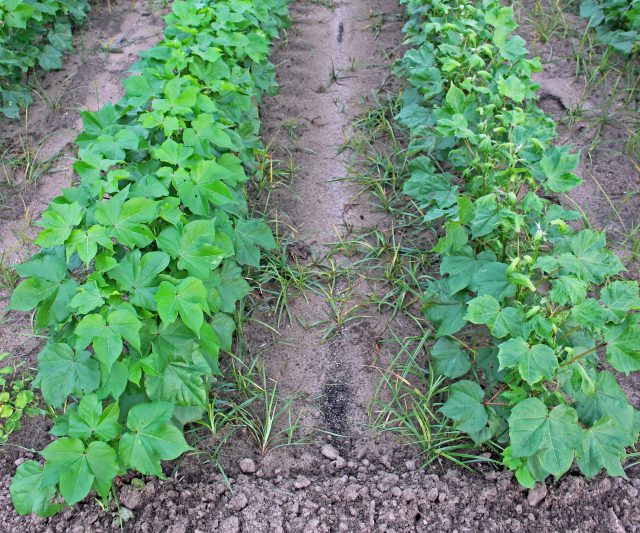
by Ethan Carter | Nov 30, 2018
The past two months have been life altering for many farmers in the southeast, especially the Florida Panhandle. Hurricane Michael made landfall in the Panhandle on October 10th and left a path of destruction spanning several counties as it continued into Southwest...
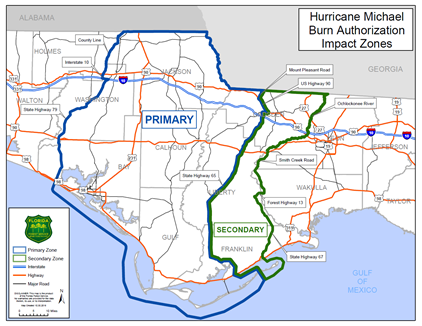
by Doug Mayo | Nov 9, 2018
Source: Florida Department of Agriculture and Consumer Services (FDACS) The Florida Forest Service updated requirements for open burning, effective January 7, 2019, in the following counties impacted by Hurricane Michael: Bay, Calhoun, Franklin, Gadsden, Gulf,...







